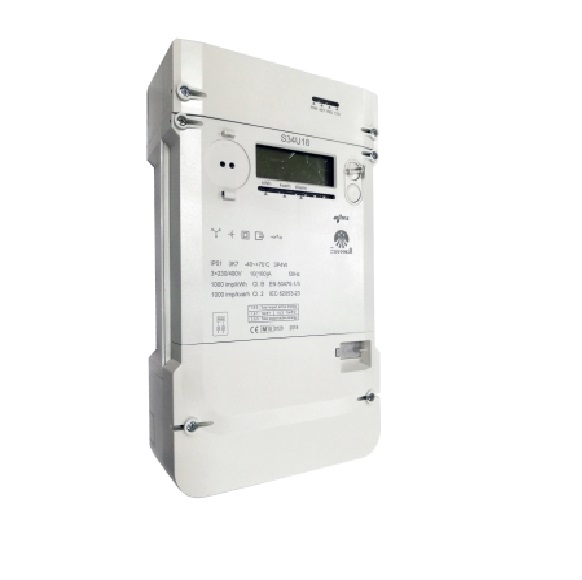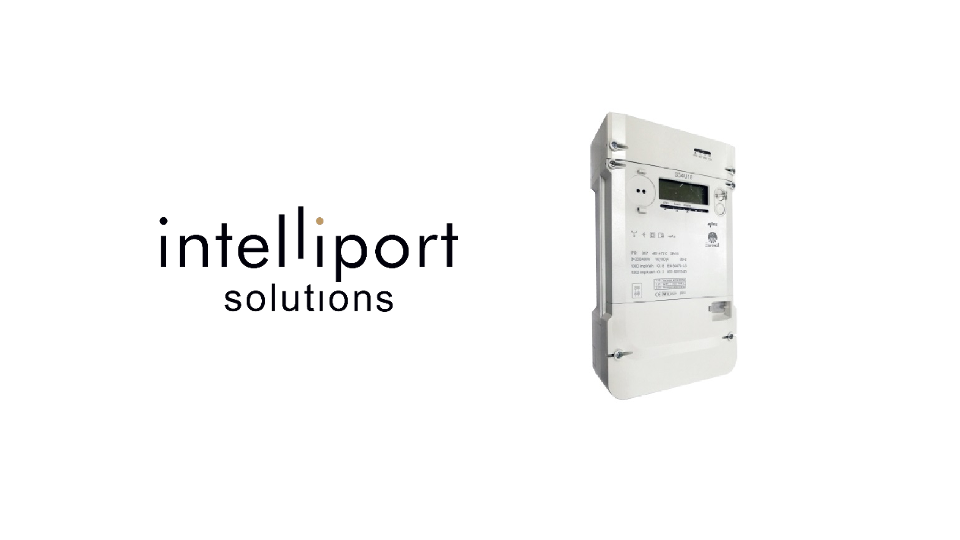As a result of the cooperation between the metering specialist Sanxing Medical & Electric Co., Ltd. and a 450 MHz Alliance member and IoT communication expert Intelliport Solutions Ltd., the S34U18 three-phase smart meter has been developed, which is the first on the market that is capable of Cat-M1 and NB-IoT communication on LTE450 network.
 Positive changes in national energy policies caused by climate change encourage utilities to strive for optimal service, economical operation, network balancing and even a positive impact on consumer habits in a well-regulated system with the least possible network losses. An unavoidable network element to achieve this goal is a two-way smart meter which is capable of high-frequency data transmission.
Positive changes in national energy policies caused by climate change encourage utilities to strive for optimal service, economical operation, network balancing and even a positive impact on consumer habits in a well-regulated system with the least possible network losses. An unavoidable network element to achieve this goal is a two-way smart meter which is capable of high-frequency data transmission.
Advantages of smart meters:
- continuous reading
- immediate detection of faults, blackout failures, tampering and illegal consumption
- limiting consumption remotely
- remote manageability (monitoring, firmware update, mass parameterization)
- consumption scheduling, forecasting, data collection.
Smart grid devices can operate on a variety of, primarily wireless, communication networks. The use of the LTE 450MHz network, which uses a relatively low frequency, offers an obvious solution, the advantages are provided by the characteristics of the network and can be well exploited in terms of Smart Metering networks:
– The use of a lower frequency results in larger cell areas, thus fewer towers can cover the same area, so we can count on lower network operating and lower communication costs. – The lower frequency is much more effective in building penetration (easily overcomes built up obstacles: walls, ceilings, etc.), so it is more reliable to read those meters that are harder to reach.
In addition to the avbove mentioned advantages, the development of smart meters towards LTE450 capability is also justified by the fact that 450 MHz networks are available or under roll-out in more and more countries (Norway, Austria, Germany, Denmark, Finland, Sweden, Poland, Brazil, Russia and, of course, Hungary). Plus, the number of devices for this network is expected to increase in the future, so it has a long-term future.

But why did we vote for the Cat-M1? The bandwidth of the Cat-M1 provides enough speed to be a suitable alternative for 2G or 3G IoT devices. Compared to the NB-IoT, there are several positive differences: the Cat-M1 supports the transfer of transmitter towers between cells, has enough bandwidth to deliver firmware to the device, or supports other remote operations, which can be a challenge when using NB-IoT. The Cat-M1 can approach the low power consumption of the NB-IoT in terms of power consumption, so the technology definitely seemed to be a good choice in case of the smart meter, as well.
Key features of the Sanxing- S34U18 Three Phase Smart Meter (Powered by Intelliport Ltd.):
- Cat-M1, NB-IoT, GPRS communication
- MID, IDIDS, Rahs, CE certification
- Secure communication
- Encrypted data stream (between meter and data logger)
- P1 Interface support
- Store 13 months of billing information
- 8 tarfia, 100 special days, 12-season tables, 8-week types, 8 daily tables, 12 entries per table
- Remote access
- DLMS protocol
- Remote firmware update, mass remote parameterization
Specifications: picture/data sheet
Sources:
Annual 2020 Device Update by 450 MHz Alliance [2020. March]
You can find more information about our works on our website: https://www.intelliport.hu/

